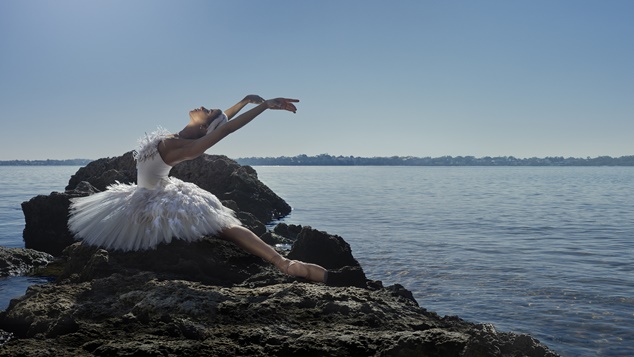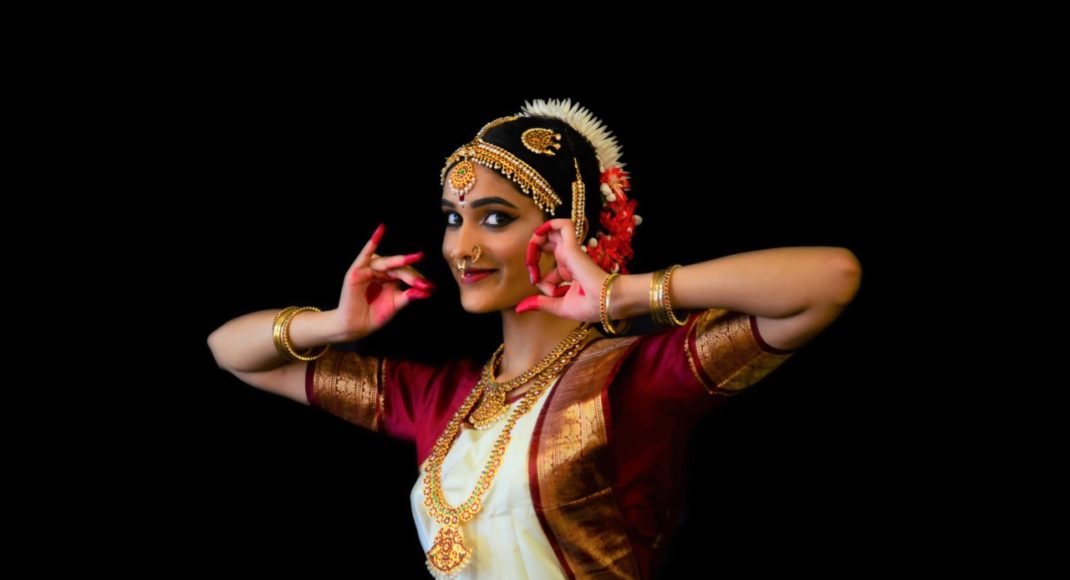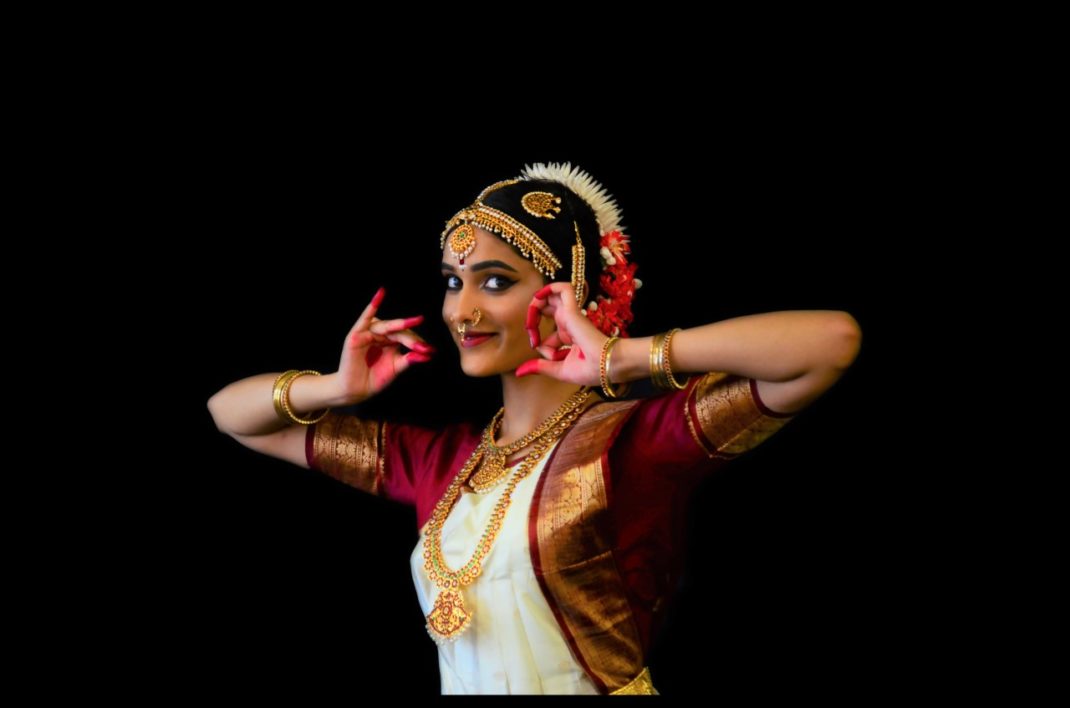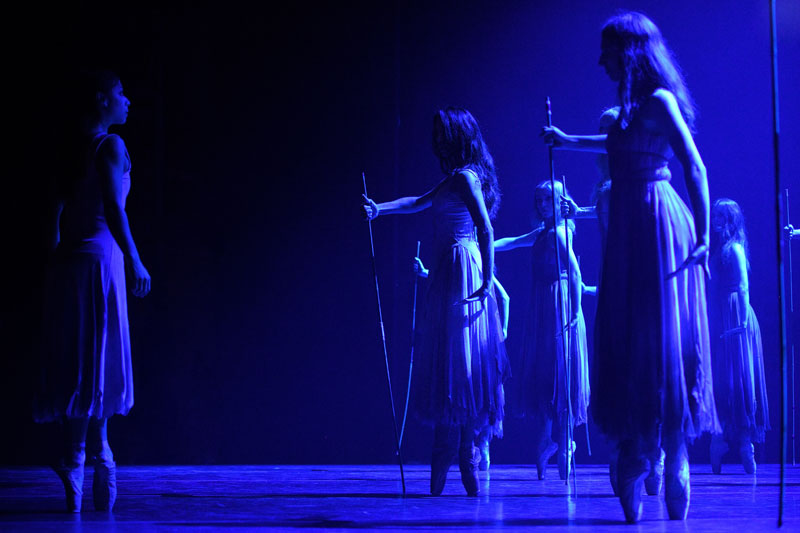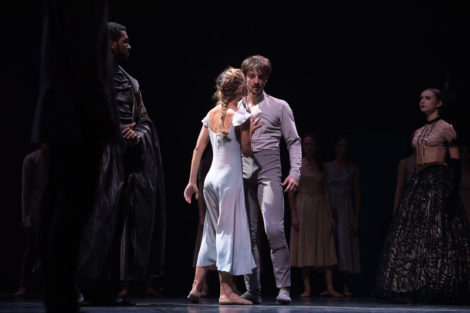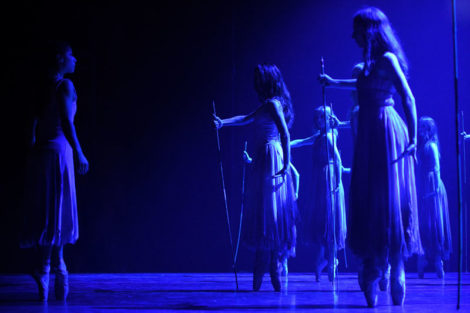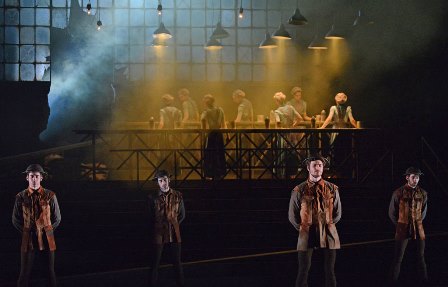- West Australian Ballet
What a pleasure it is to be able to say that West Australian Ballet is turning 70 in 2022. It is the oldest ballet company in Australia and was founded in 1952 by the former Ballet Russes dancer Kira Abricossova Bousloff. The company gave its first performance in 1953 and turned professional when Rex Reid was appointed artistic director in 1969. Since then its directors have included Robyn Haig, Garth Welch, Barry Moreland, Ted Brandsen and Ivan Cavallari. It is currently directed by Aurélian Scanella who has now been at the helm of the company for ten years.
Unfortunately, Western Australia has very strict entry requirements at the moment and it is not an easy place to visit for those who live outside the State. The thought of missing certain parts of the 2022 program is hard to take. I am especially interested that the company is planning its own new production of Swan Lake in late 2022. It will be choreographed by Krzysztof Pastor, will have a distinct relationship to West Australian culture and society, and will incorporate Indigenous material into the production. While this Swan Lake promises to be unique, the focus on the culture of the West is also an exceptional way to honour Kira Bousloff whose early repertoire incorporated reflections on Australian life and culture.
- La Nijnska. A new book by Lynn Garafola
Esteemed dance historian Lynn Garafola has recently completed a biography of Bronislava Nijinska. As the first in-depth account of the life and career of a dance artist about whom so little has been written, La Nijinska is a publication which we can anticipate with particular interest. The book is being published shortly by Oxford University Press, although its exact publication date seems to vary somewhat according to different sources. Details are on the OUP website.
And on an Australian note, Kira Bousloff, founder of West Australian Ballet as mentioned above, took classes with Nijinska and performed with her company. She talks about her experiences in an oral history conducted with her in 1990 for the National Library of Australia’s oral history program. The interview is online at this link.
- BOLD Festival 2022
The much delayed BOLD Festival (originally planned for 2021) is going ahead in Canberra and online in March. See below for information from the BOLD team on the keynote addresses and the BOLD Lecture. Further information as it comes to hand.
 |
| We are thrilled to announce our three Keynote speakers and the 2022 BOLD Lecture. Talks will be in person and live-streamed on the 3rd and 4th March at the National Library of Australia. They will then be available online for 22 days. Our opening Keynote is Eileen Kramer who, at 107 years of age, continues to create dances, stories, costumes and films, even in the midst of Covid lockdowns. Her tenacity and creativity shine through this difficult time. In conversation with long time collaborator Sue Healey, Eileen will reveal ideas about longevity of practice and what drives her to keep creating.  Our next Keynote is the extraordinary Gary Lang speaking from the heat of Darwin about his life as a Larrakia artist.I will speak of the unique way I, as an Artistic Director and choreographer, use multi cultural dancers to tell my people’s first nations stories on the local, National and International stage through my work with the NT Dance Company. Our work reflects the rich multicultural tapestry of the Territory and collaborates with leading dance companies including most recently, NAISDA Dance College, West Australian Ballet, Northumbria University UK and MIKU Performing Arts from East Arnhem Land.  ID; An indigenous man with silver hair, wearing glasses, white shirt, black trousers and turquoise wrap, sitting barefoot on a chair in a darkened theatre. Theatre lights glow dimly behind him and his left arm and leg are elegantly crossed as he looks directly at the camera. Our closing Keynote is Dr Michelle Potter who will discuss ‘The Revenger’s Tragedy’. Revenge tragedies always have a tragic outcome, but Melbourne Theatre Company’s 1975 production of the Jacobean play ‘The Revenger’s Tragedy’ had a surprising and very positive outcome for the future of dance in Australia. The talk references Dr Potter’s stunning book Kristian Fredrikson; Designer as the designer of the production and acts as a soft launch for the National Library of Australia’s On Stage exhibition opening that day, running until the 7th August 2022.  Kristian Fredrikson, costume design for The Duke in The Revenger’s Tragedy, 1975. National Library of Australia ID; a water paint of a male character throwing his hands in the air wearing a black and white bold patterned cape with brown and dark blue lining, black and white patterned trousers, black boots, intricate chest piece detailed with brown and a high ruffled neck, Elizabethan style. Our conference closes with the BOLD Lecture given in the memory and spirit of Scotland based Australian dance artist Janice Claxton. Janis worked internationally, she was a hugely talented choreographer, a tour-de-force and front-line fighter for equality in dance. The first BOLD Lecture was given by Claire Hicks, Director of Critical Path. This year we will be joined by Marc Brew, another Scotland based Australian choreographer working internationally. Most recently he was the Artistic Director of AXIS Dance Company, USA.  ID; A photo of a white male, slim build, 6′ 2″ tall, wheelchair user with a shaved head, green eyes and sculpted facial stubble, wearing a black at cap, black jumper and a black & grey scarf around his neck. Poised in front of a grey background. Photo credit; Maurice RamirezMarc is a Disabled choreographer, director and dancer. His lecture titled ‘Point of the Spear’ will share his personal experience of the importance of being an advocate for accessibility and inclusion. How, collectively, we all need to work together to be Inclusive in our thinking and actions to make the world equitable for all. ID; A photo of a white male, slim build, 6′ 2″ tall, wheelchair user with a shaved head, green eyes and sculpted facial stubble, wearing a black at cap, black jumper and a black & grey scarf around his neck. Poised in front of a grey background. Photo credit; Maurice RamirezMarc is a Disabled choreographer, director and dancer. His lecture titled ‘Point of the Spear’ will share his personal experience of the importance of being an advocate for accessibility and inclusion. How, collectively, we all need to work together to be Inclusive in our thinking and actions to make the world equitable for all.On a final note applications for The Annie are coming in which is brilliant. Do keep sharing the word so we can support an artist to create work on older dancers with Annie’s inimitable spirit chivvying us on. Next up we will announce our workshop series which will be offered over the 5 days of the Festival. We have 15 workshops being offered in person in Canberra and on Zoom from around Australia, LA, Canada, Singapore and the US. Be fabulous Stay Bold best wishes The BOLD Team |
- New appointments
A range of departures and new appointments to dance and dance-related organisations was announced over the past month or two. In Australia they include the departure after close to twelve years of Anne Dunn from Sydney Dance Company to take on the role of Executive Director and Co-Chief Executive Officer of Sydney Theatre Company. Lou Oppenheim will take on the role of CEO of Sydney Dance Company in mid-February.
Elsewhere in the world they include the appointment of Tamara Rojo as Artistic Director of San Francisco Ballet. Rojo leaves English National Ballet in late 2022 to become the first female director of SFB. She replaces Helgi Tomasson.
Michelle Potter, 31 January 2022
Featured image: Dayana Hardy Acuna in a publicity shot for West Australian Ballet’s 2022 Swan Lake. Photo: © Finlay Mackay and Wunderman Thompson
